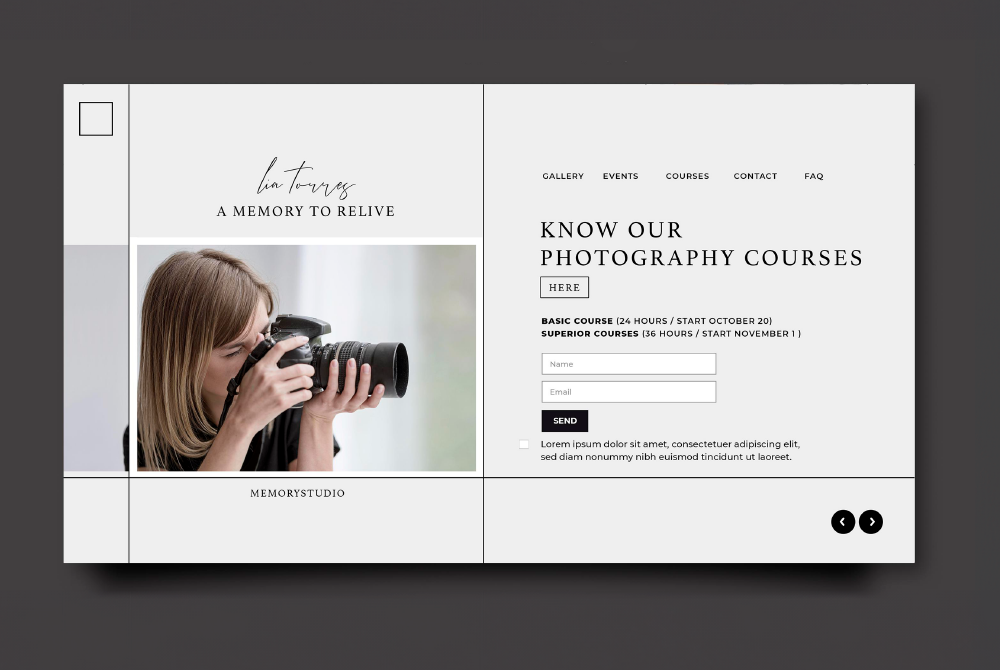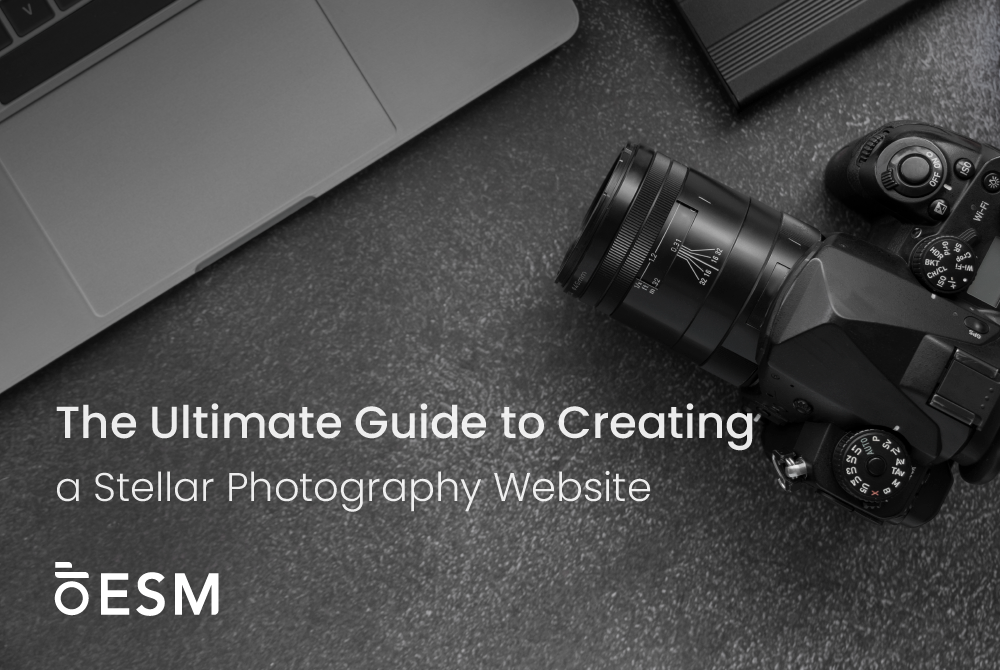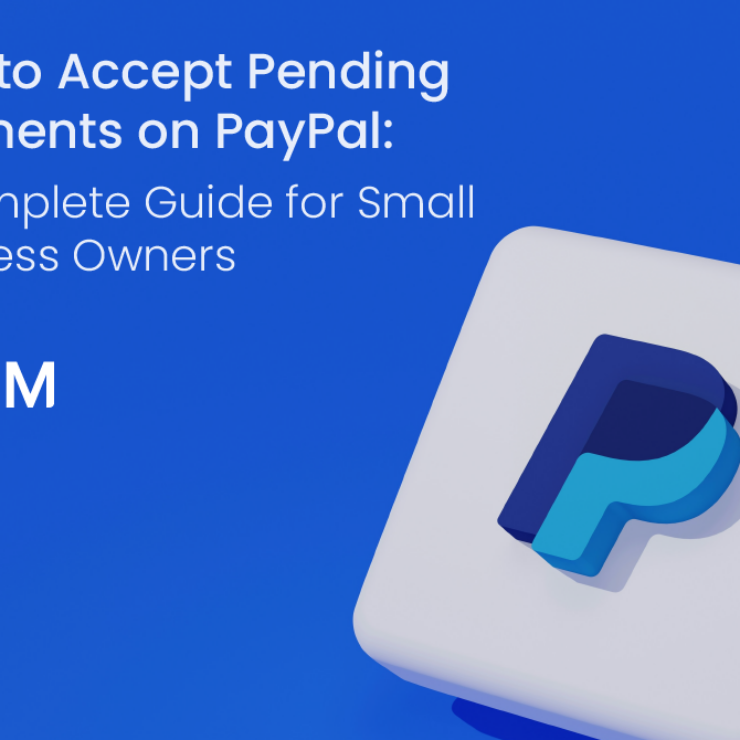“Learn top strategies to create a standout photography website and streamline client management with Essential Studio Manager.”
In the digital age, a photography website is more than just an online portfolio; it’s your business card, sales platform, and personal brand showcase all rolled into one. Crafting a compelling and functional photography website can set you apart from the competition and help you attract and retain clients. This guide will walk you through strategies, tips, and tricks to make your photography website stand out.
Define Your Brand and Audience

Before diving into the design and functionality of your website, it’s crucial to define your brand and understand your target audience. Ask yourself:
- What type of photography do you specialize in?
- Who are your ideal clients?
- What message do you want your website to convey?
By answering these questions, you can tailor your website to meet the needs and expectations of your audience, ensuring that your brand comes through clearly and consistently.
Choose the Right Platform
Selecting the right platform is the foundation of your website. Popular options include:
- WordPress: Highly customizable with numerous plugins and themes.
- Wix: User-friendly with drag-and-drop features.
- Squarespace: Known for its sleek, professional templates.
Each platform has its pros and cons, so choose one that aligns with your technical skills and aesthetic preferences.
Design with Purpose
Your website’s design should reflect your style and make a great first impression. Keep these design principles in mind:
- Simplicity: Avoid clutter. A clean, minimalist design ensures that your photos are the focal point.
- Consistency: Use a consistent color scheme, typography, and layout throughout the site.
- Responsive Design: Ensure your site looks great on all devices, including mobile phones and tablets.
Essential Pages to Include
A successful photography website typically includes the following pages:
- Home Page: An engaging introduction with your best work and a clear call to action.
- Portfolio: Organized galleries showcasing your work by category or project.
- About: A personal touch that tells your story, philosophy, and credentials.
- Services: Detailed descriptions of the services you offer, including pricing, if applicable.
- Blog: Share behind-the-scenes stories, tips, and updates to engage your audience.
- Contact: Easy-to-find contact information and a contact form.
Showcase Your Work Effectively
Your portfolio is the heart of your website. Follow these tips to showcase your work effectively:
- Curate Your Best Work: Only include your strongest images. Quality trumps quantity.
- Organize by Category: Make it easy for visitors to find what they’re looking for by organizing your work into categories or projects.
- Use High-Resolution Images: Ensure your images are high resolution but optimized for fast loading times.
- Include Descriptions: Provide context for your images with brief descriptions or captions.
Optimize for SEO

Search Engine Optimization (SEO) helps potential clients find your website. Implement these SEO strategies:
- Use Keywords: Incorporate relevant keywords into your titles, headings, and content.
- Optimize Image Alt Text: Use descriptive alt text for your images to improve visibility on search engines.
- Create a Blog: Regularly updated content can boost your SEO and keep visitors engaged.
- Speed Up Your Site: Fast-loading websites rank higher on search engines. Compress images and use a reliable hosting service.
Integrate Essential Studio Manager
Managing a photography business involves more than just taking great photos. Essential Studio Manager (ESM) can streamline your workflow and enhance client management. Here’s how to integrate it into your website:
- Client Portals: Use ESM to create client portals where clients can view and approve proofs, sign contracts, and make payments.
- Booking System: Integrate ESM’s booking system to allow clients to schedule sessions directly from your website.
- Automated Invoices: Simplify your billing process with automated invoices and payment reminders.
- Project Management: Keep track of projects, deadlines, and client communications in one place.
By integrating Essential Studio Manager, you can provide a seamless experience for your clients and manage your business more efficiently.
Engage with Your Audience

Engagement is key to building relationships with your audience. Here are some strategies to keep visitors coming back:
- Social Media Integration: Link your social media profiles to your website and encourage visitors to follow you.
- Email Newsletter: Collect email addresses and send regular updates, promotions, and exclusive content.
- Interactive Elements: Include interactive elements like comment sections, polls, and galleries where visitors can leave feedback.
Monitor and Improve
A website is never truly finished. Use analytics tools to monitor your site’s performance and identify areas for improvement. Focus on metrics such as:
- Bounce Rate: The percentage of visitors who leave your site after viewing only one page.
- Average Session Duration: How long visitors stay on your site.
- Page Views: Which pages are most popular
Update your content regularly, fix any broken links, and keep your design fresh to ensure your website remains a valuable asset for your business.
Conclusion
Creating an exceptional photography website requires thoughtful planning and execution. By defining your brand, choosing the right platform, and focusing on design and functionality, you can build a website that attracts and converts clients. Integrating tools like Essential Studio Manager can streamline your workflow and enhance the client experience. Regular updates and engagement strategies will keep your audience coming back, helping you grow your photography business in the digital age.
Remember, your website is an extension of your artistry. Make it as unique and captivating as your photos, and it will become one of your most powerful tools for success.
FAQs about Photography Website
Q: How often should I update my portfolio?
A: Update your portfolio regularly to showcase your latest and best work. Aim for at least every few months or after completing a significant project.
Q: Can I use stock images on my website?
A: While it’s best to use your original work, stock images can be used for blog posts or illustrative purposes. Ensure you have the proper licenses.
Q: Do I need a blog on my photography website?
A: A blog can enhance your SEO, engage your audience, and establish you as an authority in your field. It’s a valuable addition if you can commit to regular updates.
Q: How can I improve my website’s loading speed?
A: Optimize images, use a reliable hosting service, and minimize the use of heavy scripts and plugins.
Q: Should I include pricing on my website?
A: Including pricing can help filter serious inquiries and save time. If your pricing varies, consider providing starting rates or a detailed pricing guide.
Q: What should I include in my About page?
A: Share your background, experience, and photography philosophy. Personal stories and a professional photo can help build a connection with potential clients.
Q: How can I make my website more secure?
A: Use a secure hosting provider, install SSL certificates, and keep your platform and plugins updated to prevent vulnerabilities.




